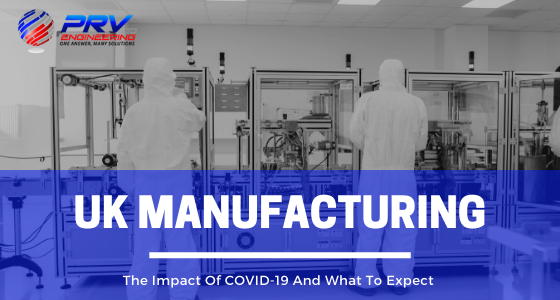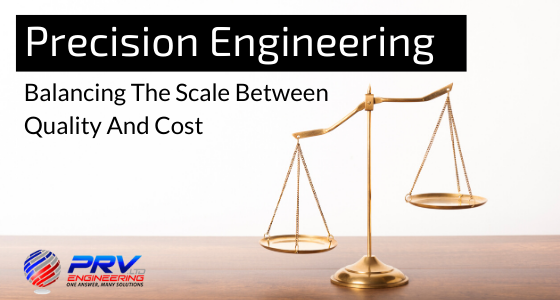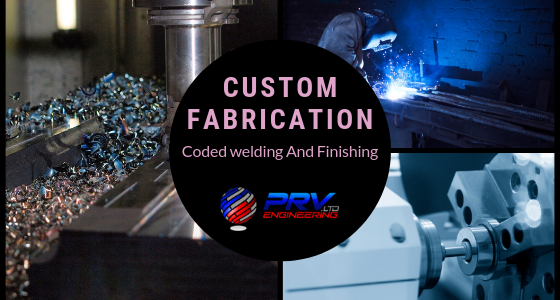3D Printing is not a new concept but how it’s developing and advancing is a different story altogether. We are within reach of more affordable and rapid prototyping and instant manufacturing. With that in mind, how has 3D printing changed the manufacturing industry as we know it today? What can we expect going forward?
The world is advancing at a rapid pace with innovations coming from all sides and robotic exoskeletons are making headlines. Not too long ago these “power suits” were nothing more than science-fiction but not anymore. Thanks to enhanced technology and advanced engineering, exoskeletons are becoming increasingly popular across several sectors.
Even though the British manufacturing sector is the ninth-largest in the world, Brexit has already had an impact and it could get even worse. Factories in Britain have suffered a sixth consecutive month in October showing fewer new orders thanks to the ongoing Brexit uncertainty. The industry is facing a tough future with weakened global demand for UK manufactured goods and employment issues.
According to an industry survey, Brexit has not only affected demand but also an increase in job losses. The survey was conducted before the announcement of the election which reflects two months of preparations for leaving the EU on 31 October. Of course, we all know what happened with that story.
Welding flux is crucial as a prime anti-oxidising agent most commonly associated with arc welding. Choosing the right one will play an important role in the final quality of the weld. As anyone in the industry knows, becoming a welder is no easy feat as they are put to the test with extensive training. Welders must familiarise themselves with the various weld types, practices and the components for each welding method.
Did you know that flux core welding is known as one of the oldest arc welding methods? In this case, age has no bearing as is it remains one of the most effective and widely used methods for joining metal. The way it works is pretty straightforward as flux prevents welds from interacting with the environment, including air. Without flux, the base and filler material will interact with the atmosphere forming oxides or other unwanted compounds.
Common techniques for joining two materials include fastening, stitching and glueing but there’s no denying that welding provides the best results. More specifically, one of the most modern methods is ultrasonic welding. Compared to other joining methods, welds create stronger bonds that last remarkably longer and a much better finish.
An engineering company can only be successful with high-quality custom fabrication coupled with expert knowledge, experience and continuous investment. We’re not only talking about investing in equipment but also staff training and hiring. In order to provide the quality and service excellence customers deserve, equipment and staff must be of the highest level.
There are three core factors that determine success in manufacturing and that includes production cost, quality and speed. While each component plays a crucial role, manufacturers must fully commit to all three to reach and remain within the top tier.
Let’s take a look at some of the recent fabrication projects at PRV Engineering and find out more about coded welding and finishing.
Considering the exponential growth in technology across various sectors and the adoption of digital technologies, is the world ready for another radical change? This digital transformation of industries is already happening and many believe this is the Fourth Industrial Revolution.











Recent Comments